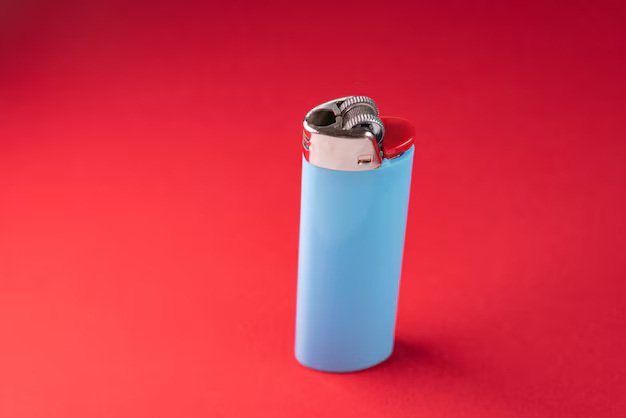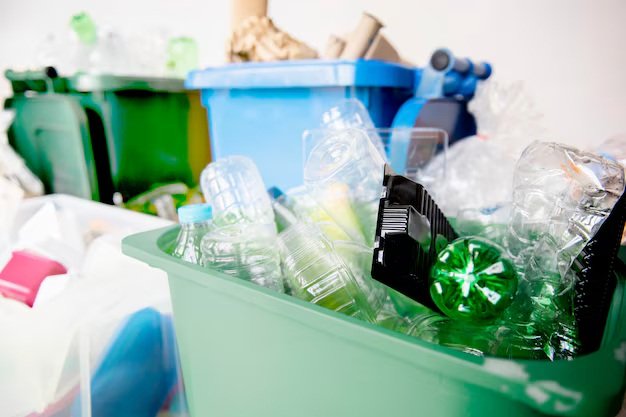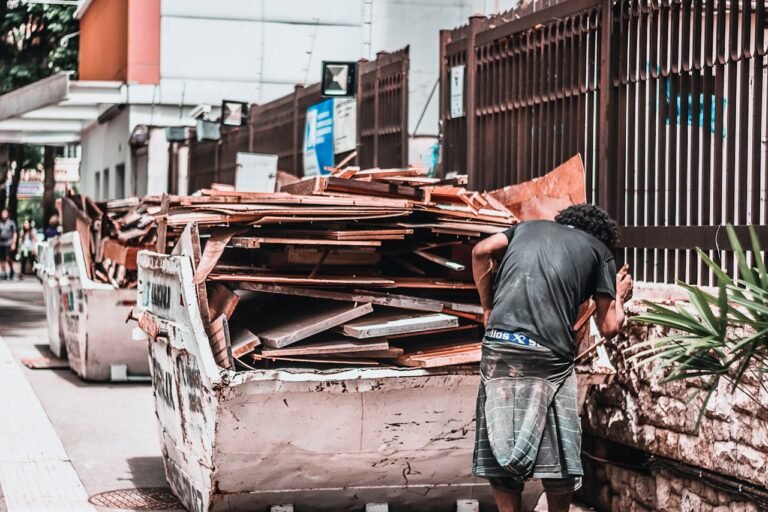How to Dispose of a Lighter, and Why it Matters
Most of us have a drawer full of old lighters. They’re cheap, handy and everywhere. That makes them easy to ignore, until they leak, explode, damage a truck, or wash up on a beach where wildlife mistakes them for food. Lighters contain pressurised butane and a mix of plastic and metal parts. Because of that, they are both a fire risk and a hard-to-recycle item: you can’t just toss a half-full gas lighter into a recycling bin without creating danger for collection crews and sorting facilities. According to the U.S. Environmental Protection Agency, household items that “catch fire, react, or explode under certain circumstances” should be treated as household hazardous waste and handled specially.
The scale matters. Big manufacturers produce huge numbers of disposable lighters every year, and many brands have sold billions over decades. According to BIC’s corporate information, the company alone has produced and sold tens of billions of pocket lighters since the 1970s, a useful reminder that millions of little plastic lighters move through the waste stream every year. Improper disposal of items like these contributes to fires at collection and sorting facilities and to plastic pollution in the environment.

The Safest Ways to Get Rid of Different Lighters
Empty, truly empty disposable lighters are the simplest to deal with: if you can be sure all butane has been used up, many local councils and waste authorities allow you to throw small, empty plastic disposable lighters in regular household rubbish — not in mixed recycling — because they’re made of mixed materials and can damage sorting equipment. Several UK councils explicitly recommend bringing non-empty or metal lighters to a household waste recycling centre instead of placing them in curbside collections. In some U.S. cities and counties, lighters are listed under “accepted at household hazardous waste (HHW) facilities” when they contain fuel or pressure. Check your local authority for exact rules before you act.
If a lighter still has fuel, or you’re not sure, don’t try to puncture it or burn it out in the street. Pressurised gas canisters and leftover butane are hazardous. A safer option is to take it to a household hazardous waste drop-off or bring it to a municipal recycling centre that accepts pressurised containers. Some areas work with specialist services or national schemes that collect hard-to-recycle items. TerraCycle, for example, runs and supports many programs for materials that don’t fit usual municipal routes; in places where programs or drop-off points exist, they can be a proper route for hard-to-recycle, contaminated or pressurised items. If no special service exists nearby, treat partially full lighters as HHW and contact your local waste authority for guidance.
For refillable metal lighters, the best path is to remove the fuel (by using it until empty) and then recycle the metal part through municipal metal recycling banks or at a Household Waste Recycling Centre that accepts small metal items. Some metal lighters contain removable components that recycling centres can handle as scrap metal. But always verify: if you cannot ensure the lighter is empty, many centres will refuse it because of the explosion and fire risk. Do not put lighters in battery collections or bring them to scrap yards that explicitly prohibit pressurised containers.
Stories and Research that Show the Risks
People have been seriously injured by lighters that failed or ignited unexpectedly, and there are clear, modern examples showing why careful disposal matters. In a widely documented case reported by Safety Research, a man died after a lighter failed and exploded while in his pocket; investigators and safety advocates have used such incidents for decades as warnings about defective or damaged lighters. That tragic example is a reminder that lighters are not just waste — they carry stored energy.
There are also recent, local incidents that highlight everyday danger. In September 2025, a disposable lighter exploded in someone’s pocket while they were riding a scooter, prompting an official fire-safety reminder from the county fire service about the danger of weakened plastic casings and heated butane. That story shows how common items can become immediate public hazards in the wrong conditions.
At a systems level, the increasing rate of fires at recycling and waste facilities is well-documented and worrying. An industry review found that publicly reported fires in U.S. and Canadian waste and recycling facilities rose sharply — cited causes include lithium-ion batteries, pressurised aerosols, propane tanks and other improperly disposed combustible items. Fire-safety experts warn that even a single pressurised item crushed during collection or at a facility can spark a dangerous “hot load.” That cascade of events — damaged pressurised cans, vulnerable plastic items, and compactors — is exactly why waste authorities emphasise special handling for containers containing gas or liquid fuel.
Plastic pollution research also sheds light on why keeping plastics like disposable lighters out of the natural environment matters. Plastics can persist for decades, break into microplastics, and harm wildlife that ingest or become entangled in small foreign objects. While lighters are a small fraction of global plastic mass, their ubiquity and durability mean they show up in river and ocean litter surveys and add to the catalogue of persistent plastic items found in remote areas. Reducing and properly managing this stream is part of a wider effort to stop plastics from leaking into waterways.
Learn More: How to Dispose Waste Properly: A Guide to Proper Waste Management
What Experts, Recyclers and Councils Advise — and Practical Steps You Can Take
Experts in waste safety and recycling share a common message: never put anything pressurised, flammable, or chemically active in regular recycling—and don’t assume something is “empty” unless you’re certain it is. Ryan Fogelman, vice president of a leading fire-detection company that monitors waste-facility fires, told industry reporters that the list of hazards affecting MRFs (material recovery facilities) is long and includes pressurised aerosols and similar items. Despite progress, he noted, fires are rising across many sectors. That’s a practical, real-world reason to handle lighters cautiously.
Here are clear, practical steps you can act on today. First, treat every lighter with caution. If you can confirm it is fully spent — that it will not produce flame, gas or pressure — your local council may allow you to place it in residual household waste (not kerbside recycling), but check local rules first. If you cannot confirm it is empty, or if it is a metal refillable lighter, take it to a household waste and recycling centre (HWRC) or an HHW event. Many councils publish explicit guidance about lighters and pressurised cans on their websites; follow those instructions so collection crews and MRFs remain safe.
Second, use specialist collection routes when available. TerraCycle and similar programs run brigades and take-back projects for hard-to-recycle or contaminated waste in some areas. If a TerraCycle or brand-sponsored program in your area accepts lighters or pressurised containers, that can be a safer, more circular option than landfill. When in doubt, email your local authority or the TerraCycle media/contact address to ask whether they accept the item and how to package it for drop-off.
Third, change habits to reduce future waste. Choose refillable metal lighters you can maintain, or long-life utility lighters for camping and candles. Fewer disposable lighters bought means fewer to dispose of later. Many consumers and businesses are switching to refillable or rechargeable options to cut single-use plastic waste at the source. According to TerraCycle’s public materials and circular-economy advocates, reducing single-use items is the most effective way to cut the hard-to-manage waste stream
Finally, if you manage a workplace or run a hospitality business, make a short disposal protocol and put it where staff can see it: treat lighters as potential HHW, keep them away from heat, and direct staff to take questionable items to a HHW drop-off. That small operational change avoids insurance headaches, health risks, and downtime caused by fires or machinery damage.







